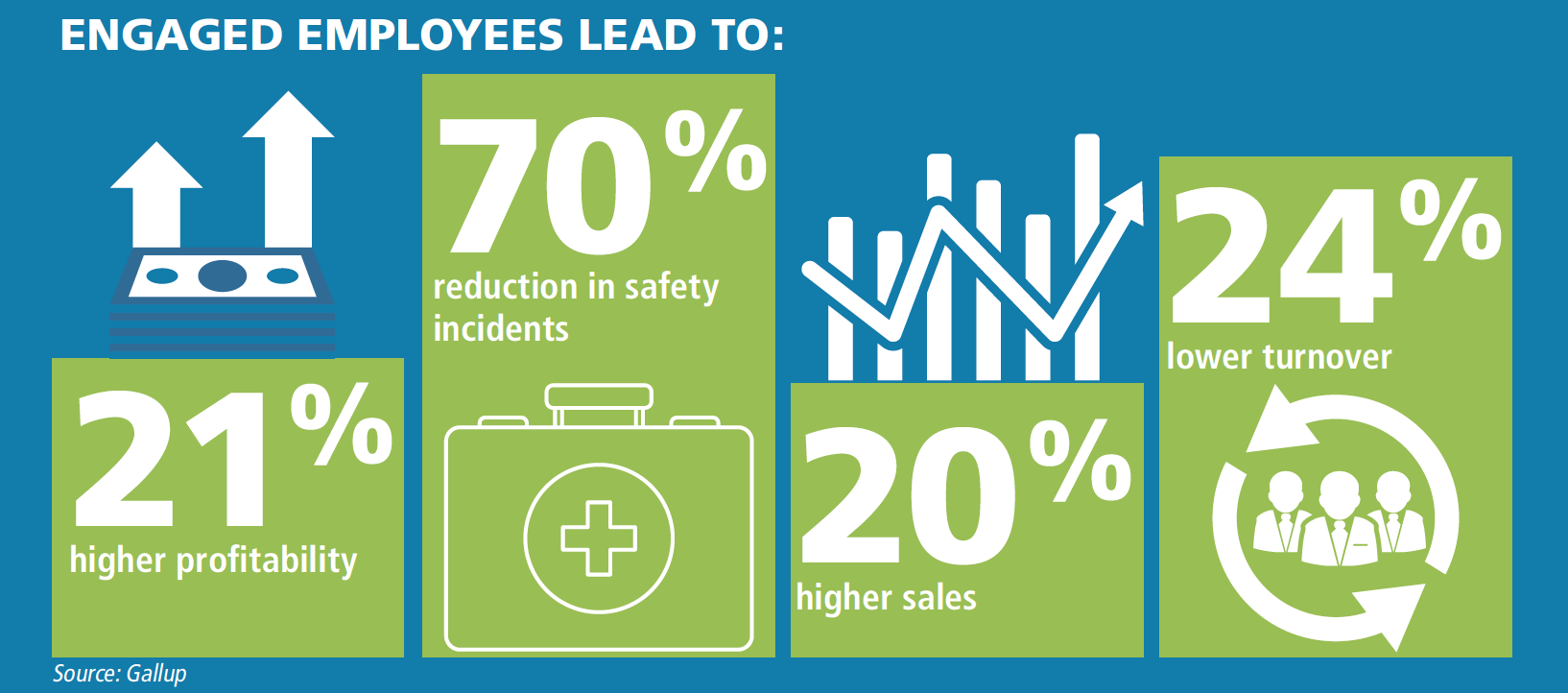Three strategies that help managers enable their employees to succeed.
By Amy Leschke-Kahle
At work, a team can mean many things. Organizations can have a team of executives or a team of frontline workers. They can have a hierarchical team, a flatter team, or a dynamic team that brings together contractors and full-time employees from disparate groups or practices depending on the project at hand. Whether it’s in the field of hospitality, technology, or on the shop floor, teams are where work lives. But increasingly, more and more work gets done in groups outside of the organizational chart.
There’s no universal blueprint of what makes the perfect team -or even what the average team looks like. But there is an X factor in what makes it successful: the leader.
Many HR professionals know that people often join because of the “we” of a company, which includes its brand, sense of purpose, and mission. But once on board, employees’ needs become more singular and include three main factors:
- Clearly delineated job expectations and responsibilities;
- Opportunities to utilize employee strengths; and
- Recognition for excellent work.
Team leaders are critical when it comes to employee success -they are on the front lines managing team performance, ensuring quality, and engaging and retaining workers. For managers, this can be as simple as giving employees the resources needed to do their jobs well.
According to ADP Research Institute®’s study Fixing the Talent Management Disconnect, the top reason employees leave a job is a poor relationship with their direct manager. Companies need to cultivate better leaders to help individuals do more of their best work, increase productivity, and retain existing employees amid an intensifying battle for skilled talent. Strengthening team leaders can also lead to significant returns on investment (ROI). According to 2017 Gallup® research, engaged employees lead to 21 percent higher profitability, 20 percent higher sales, 70 percent reduction in safety incidents, and 24 percent lower turnover.
The path forward isn’t overly difficult. While organizations have primarily focused on getting the right people in the door, they frequently neglect to help those people do amazing work once they are there. HR professionals should lead the charge in hitting the reset button. Traditional solutions, including long engagement surveys and unsupported development programs and trainings, have not paid off. Organizations need to equip frontline managers with easy-to-use tools designed specifically for their needs. Increased usage will also provide reliable data, resulting in a better ROI and a clear impact on productivity and talent retention.
Now is the time for HR leaders to double down on their investments in team leaders. They can start by helping managers concentrate on a few simple best practices and holding them accountable for their performance.
Managers should master three basic approaches:
1. Identify employee strengths. The best team leaders know their people for their unique work and for their strengths. But simply put: everyone’s busy. Managers don’t always have enough time, resources, or energy to do everything, let alone what seems like the time-consuming task of getting to know which area each person they manage excels in. This task is often the first to go, but really should be the first to stay.
How can managers truly learn each person’s strengths? Heart-to-hearts? Surveys? Reconnaissance? No. Study any of the best team leaders, and one simple ritual is often practiced: radically frequent check-ins. This is the stake in the ground around which engagement thrives. The cadence of weekly check-ins establishes an easy way for employees to feel supported.
2. Focus employees’ work around those strengths. A mindset shift is required among team leaders -one that pivots from the retroactive concept of giving feedback to the proactive process of coaching. By organizing workshops that guide team leaders to actively coach their employees around their strengths rather than critique them around their weaknesses, HR professionals can teach managers how to inspire employees to do their best work.
3. Create an environment where great work thrives. When it’s an organizational norm that team leaders need to help employees do more of their own unique, best work, the workforce becomes highly engaged and highly productive. Focusing on day-to-day interactions between employees and their managers can leads to that culture change.
Creating an environment where employees thrive may seem like a monumental task for managers. But this is a moment for HR professionals to shine.
Amy Leschke-Kahle is vice president of performance acceleration for The Marcus Buckingham Company®, an ADP® company.















